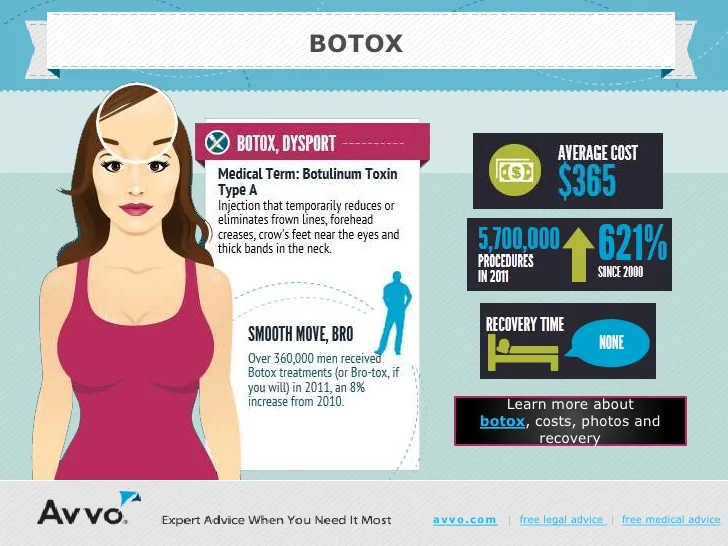Hormone acne is identified by blocked pores and oily skin that typically appears on the chin and jawline. It takes place when hormonal modifications cause inflammation and microbial overgrowth within hair roots.
Outbreaks may look like whiteheads, blackheads, papules or pustules and cysts or nodules in extra serious instances. It is much more usual in teens experiencing puberty yet can impact grownups of any age.
What Creates Hormonal Acne?
While acne can be triggered by a selection of elements, consisting of using hair and skin treatment items that aren't oil-free or made with components that can block pores, hereditary predisposition, diet plan,2 and stress and anxiety, the source is rising and fall hormones. Hormonal acne takes place when the body experiences hormonal modifications and variations that result in an overflow of sebum, which causes inflammation, raised growth of germs and adjustments in skin cell activity.
Hormonal acne is usually discovered on the reduced jawline, cheeks and neck but can appear anywhere on the body. It is defined by imperfections that are cystic, unpleasant and full of pus or various other material. It is likewise most likely to take place in women than guys, particularly throughout puberty, the menstrual cycle, maternity or menopause.
Age
While several kids experience acne eventually throughout the age of puberty, it can remain to afflict adults well right into the adult years. Known as hormonal acne, this type of breakout is linked to fluctuations in hormones and is usually most typical in women.
Hormonal acne takes place when oil glands generate too much sebum, which clogs pores and traps dead skin cells. This causes the development of imperfections, such as whiteheads, blackheads and papules, pustules, cysts or blemishes, deep under the surface.
This type of blemish typically triggers discomfort, soreness and swelling. It might additionally be cyclical and appear around the same time each month, such as right before your period starts. This is since degrees of women hormonal agents like progesterone and oestrogen rise and fall with each menstruation.
Menstruation
Hormone acne typically appears in the lower part of your face, along the jawline and cheeks, as whiteheads, blackheads or inflammatory pimples (acnes and cysts). It's probably to show up around the moment when your menstrual cycle modifications.
Particularly around ovulation, when estrogen and progesterone degrees get on the increase, hormonal agent changes can create outbreaks. However it's additionally feasible to get acne at any type of point during your 28-day menstrual cycle.
If you notice that your hormonal acne flares up right prior to your duration, attempt seeing when specifically this takes place and see if it connects to the stages of your 28-day menstruation. This will aid you determine the origin of your skin problems. As an example, you might wish to work on stabilizing your blood glucose and eliminating high-sugar foods, or consider a prescription medication like spironolactone that can regulate your hormonal agents.
Maternity
Growing a baby is a time of dramatic hormone adjustments. For lots of ladies, this includes a flare-up of hormonal acne. This sort of outbreak normally starts in the first trimester, around week 6. It's brought on by hormone surges that boost sweat glands to make more oil, which can clog pores and cause even more germs to develop.
Breakouts might additionally happen as a result of pre-existing conditions like polycystic ovary disorder, which can additionally be a problem during pregnancy and menopause. Additionally, some sorts of contraceptive pill (such as Ortho Tri-Cyclen and YAZ) can set off hormonal acne in some females.
Luckily, many acne treatments are "no-go" for expectant ladies (including preferred acne-fighting active ingredients such as isotretinoin and spironolactone). However if you can't stay clear of those frustrating bumps, your physician may suggest dental erythromycin or cephalexin, which are risk-free while pregnant.
Menopause
As women approach menopause, the estrogen levels that caused their hormonal agent acne to flare up throughout puberty start to support and reduce. At the same time, nonetheless, a spike in androgens (also referred to as male hormones) takes place because these hormones can not be converted into estrogen as efficiently as previously.
The unwanted of androgens can cause oil manufacturing by the sweat glands, which obstructs pores. When the clogged pores come to be swollen and irritated, a pimple types.
Hormone acne is normally seen on the face, specifically around the chin and jawline, yet it can take place on the neck, back, shoulders, or chest. therealgenesisx This type of acne tends to flare up in a cyclical pattern, similar to the menstrual cycle. Anxiety, which boosts cortisol and tosses hormonal agents out of equilibrium, additionally adds to the outbreaks.
